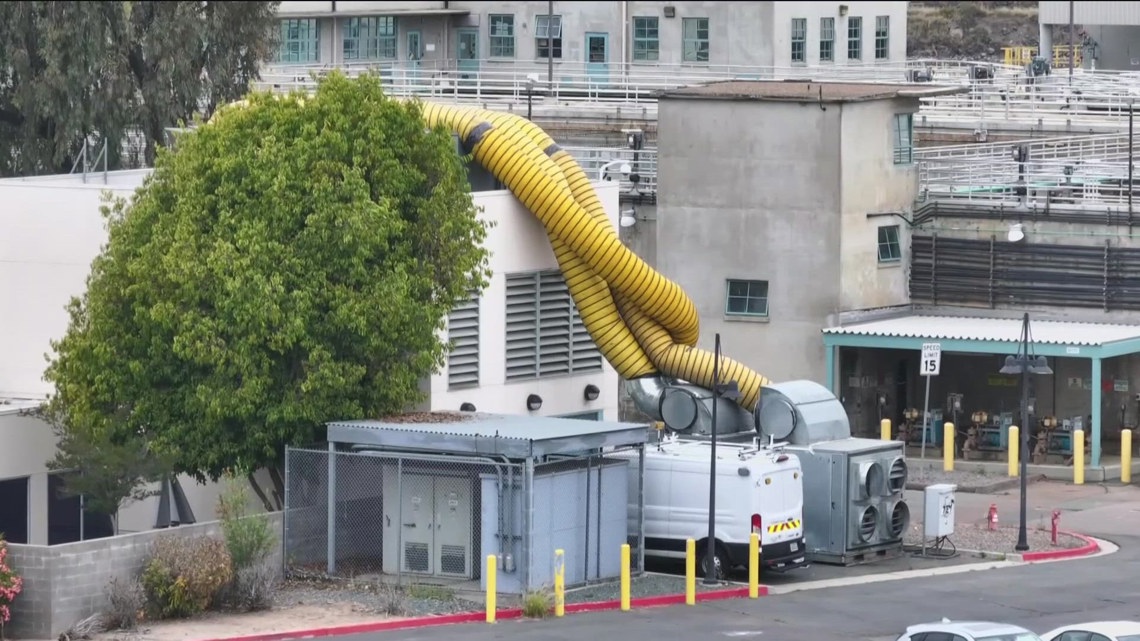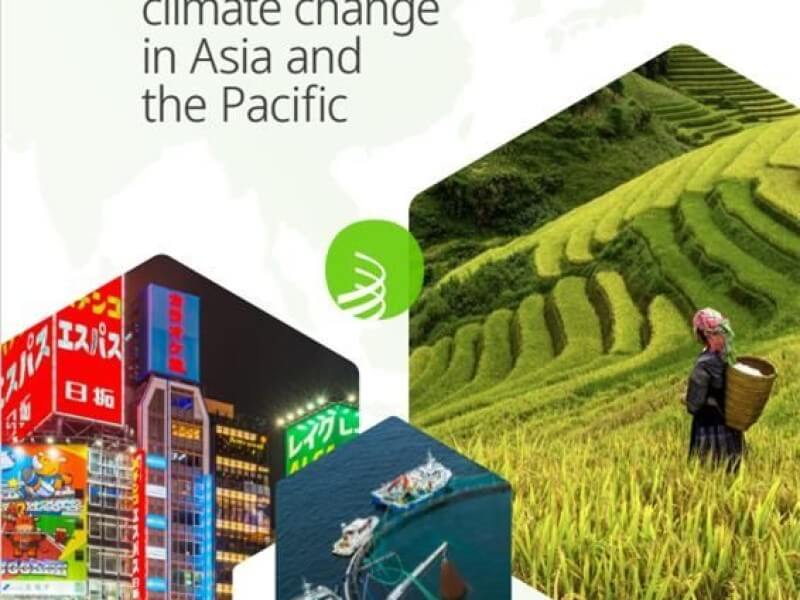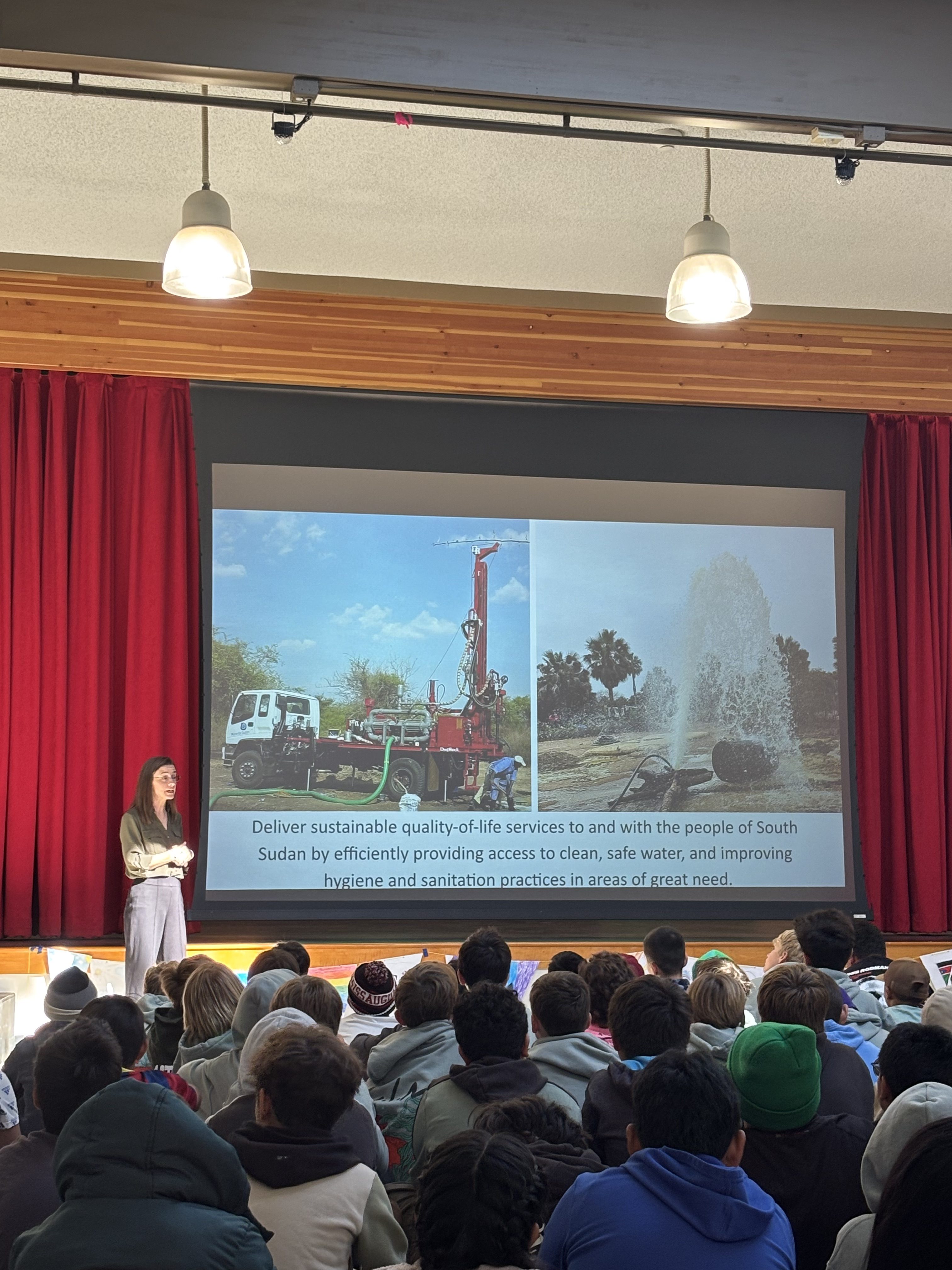Report on Community Engagement for Water Quality and Sustainable Development in Iowa
Introduction: A Local Initiative for Global Goals
A community meeting was held at St. Thomas More Catholic Church in Coralville to address critical issues of water quality in Iowa. The event, organized by the church’s Green Team under its Laudato Si’ mission, aimed to foster ecological awareness and action, aligning with several United Nations Sustainable Development Goals (SDGs). The discussion centered on the sources of water contamination and potential community-led solutions.
The church’s initiative is guided by four core objectives:
- To learn from the earth
- To hear the poor
- To live simply
- To help heal the planet
Public Health and Water Sanitation Concerns (SDG 3 & SDG 6)
The primary driver for community attendance was the declining water quality and its perceived impact on public health. This directly relates to SDG 3 (Good Health and Well-being) and SDG 6 (Clean Water and Sanitation).
- Nitrate Contamination: Recent data indicated that the Iowa River surpassed the Environmental Protection Agency’s safe nitrate level of 10 mg/L. While Iowa City’s water treatment managed the issue, other municipalities like Des Moines faced significant stress on their systems.
- Health Risks: Attendees expressed significant concern over Iowa’s cancer rate, which is the second-highest in the nation and rising faster than any other state. Nitrates in drinking water pose known health risks, particularly to infants and pregnant women, undermining progress toward SDG 3.
- Access to Safe Water: Personal water testing by a resident revealed that tap water nitrate levels were nearly as high as those in untreated river water, raising questions about the accessibility of safe drinking water, a fundamental target of SDG 6.
Agricultural Impact on Ecosystems (SDG 12, SDG 14, & SDG 15)
The report identified industrial agriculture as a principal source of water pollution, highlighting a conflict with goals for sustainable production and ecosystem preservation.
- Unsustainable Production Methods: A speaker from Iowa’s Food and Water Watch linked poor water quality to industrial farming, specifically Confined Animal Feeding Operations (CAFOs). The concentration and runoff of manure from these facilities challenge the principles of SDG 12 (Responsible Consumption and Production).
- Ecosystem Degradation: A report commissioned by Polk County found that 80% of nitrates in the Des Moines and Raccoon Rivers were directly attributable to agricultural sources. This runoff pollutes freshwater bodies, threatening aquatic life and the health of local ecosystems, which is a direct concern for SDG 14 (Life Below Water) and SDG 15 (Life on Land).
Pathways to Action: Community, Governance, and Partnerships (SDG 11, SDG 16, & SDG 17)
The meeting concluded with a call for collective action, emphasizing the need for improved governance and community partnerships to achieve sustainable outcomes.
- Need for Stronger Institutions (SDG 16): A significant barrier identified was the lack of state-level regulation on the amount of manure or fertilizer that can be applied to land. Speakers called for citizens to lobby for stronger environmental legislation and hold institutions accountable.
- Building Sustainable Communities (SDG 11): The event itself serves as a model for community engagement, empowering residents to participate in decisions affecting their local environment and public health.
- Partnerships for the Goals (SDG 17): The collaboration between a faith-based organization, community activists, and local citizens demonstrates the power of partnerships in advocating for change against powerful industrial interests. The call for more residents to “speak up” underscores the importance of a broad coalition to advance the sustainability agenda.
Analysis of Sustainable Development Goals in the Article
1. Which SDGs are addressed or connected to the issues highlighted in the article?
-
SDG 3: Good Health and Well-being
- The article connects water quality to public health by highlighting community concerns about Iowa’s cancer rate, which is the second-highest in the nation. It also notes that high concentrations of nitrates can be harmful to human health, especially for infants and pregnant women.
-
SDG 6: Clean Water and Sanitation
- This is the central theme of the article. It discusses the contamination of Iowa’s water sources, such as the Iowa River, with elevated nitrate levels from agricultural runoff. The entire community meeting is focused on understanding and improving local water quality.
-
SDG 11: Sustainable Cities and Communities
- The article describes a local community initiative in Coralville, organized by a church group, to address a significant environmental challenge (water quality). This demonstrates community engagement and action aimed at creating a safer and more sustainable local environment. The impact on cities like Des Moines, which had to impose water bans, is also noted.
-
SDG 12: Responsible Consumption and Production
- The article identifies industrial farming practices, specifically confined animal feeding operations and the use of fertilizers, as the primary source of water pollution. It points to a lack of regulation on the amount of manure and fertilizer that can be applied to land, highlighting unsustainable production patterns in agriculture.
-
SDG 15: Life on Land
- The pollution of rivers and streams with nitrates and manure runoff directly degrades inland freshwater ecosystems. The article states that waste from farming operations can “run off into streams and rivers,” impacting the health of these ecosystems.
-
SDG 16: Peace, Justice and Strong Institutions
- The article implies a weakness in governance and regulation. A speaker notes, “There is no regulation on the amount of manure or fertilizer that can be applied at the state level,” and suggests that the “state government is captured by an industry.” This points to a need for more effective and accountable institutions to manage environmental resources.
2. What specific targets under those SDGs can be identified based on the article’s content?
-
Target 3.9: By 2030, substantially reduce the number of deaths and illnesses from hazardous chemicals and air, water and soil pollution and contamination.
- The community’s concern about the link between water quality and Iowa’s high cancer rate directly relates to this target of reducing illness from water pollution.
-
Target 6.3: By 2030, improve water quality by reducing pollution, eliminating dumping and minimizing release of hazardous chemicals and materials.
- The article’s focus on elevated nitrate levels from agricultural sources (fertilizers, animal waste) and the community’s desire to “improve Iowa waters” align perfectly with this target.
-
Target 6.b: Support and strengthen the participation of local communities in improving water and sanitation management.
- The meeting hosted by the St. Thomas More Catholic Church’s Green Team is a direct example of local community participation aimed at understanding and finding solutions for water quality issues.
-
Target 12.4: By 2020, achieve the environmentally sound management of chemicals and all wastes throughout their life cycle… and significantly reduce their release to air, water and soil to minimize their adverse impacts on human health and the environment.
- The discussion about managing manure from confined animal feeding operations and chemical fertilizers to prevent runoff into waterways is directly related to this target.
-
Target 15.1: By 2020, ensure the conservation, restoration and sustainable use of terrestrial and inland freshwater ecosystems and their services.
- The pollution of the Des Moines and Raccoon Rivers, as mentioned in the article, represents a degradation of inland freshwater ecosystems, making this target relevant.
3. Are there any indicators mentioned or implied in the article that can be used to measure progress towards the identified targets?
-
Indicator for Target 6.3: Proportion of bodies of water with good ambient water quality.
- The article provides a specific, measurable data point: the Iowa River surpassing the Environmental Protection Agency’s **10 mg/L** limit for nitrates. This measurement serves as a direct indicator of poor water quality.
-
Indicator for Target 3.9: Mortality rate attributed to unsafe water, unsafe sanitation and lack of hygiene.
- While not a direct mortality rate, the article mentions Iowa’s cancer rate being the **second-highest in the nation and rising faster than in any other state**. This health statistic is used by the community as an implied indicator of the potential health impacts of environmental factors like water quality.
-
Indicator for Target 12.4 / 6.3: Data on pollution sources.
- The article cites a report that found **80 percent of nitrates** in the Des Moines and Raccoon Rivers were directly linked to agriculture. This data point is a clear indicator that helps identify and quantify the primary source of the pollution.
4. Summary Table of SDGs, Targets, and Indicators
| SDGs | Targets | Indicators |
|---|---|---|
| SDG 3: Good Health and Well-being | 3.9: Reduce deaths and illnesses from hazardous chemicals and water pollution. | Iowa’s cancer rate being the second-highest in the nation. |
| SDG 6: Clean Water and Sanitation | 6.3: Improve water quality by reducing pollution. | Nitrate levels in the Iowa River surpassing the EPA’s 10 mg/L limit. |
| SDG 12: Responsible Consumption and Production | 12.4: Achieve environmentally sound management of chemicals and wastes. | A report finding that 80 percent of nitrates in major rivers are linked to agriculture. |
| SDG 11: Sustainable Cities and Communities | 11.6: Reduce the adverse per capita environmental impact of cities. | Imposition of lawn watering bans in Des Moines to reduce stress on the water treatment system. |
| SDG 15: Life on Land | 15.1: Ensure the conservation and sustainable use of inland freshwater ecosystems. | Runoff from manure lagoons and fertilized fields into streams and rivers. |
| SDG 16: Peace, Justice and Strong Institutions | 16.6: Develop effective, accountable and transparent institutions. | The stated lack of state-level regulation on the amount of manure or fertilizer that can be applied to fields. |
Source: dailyiowan.com







